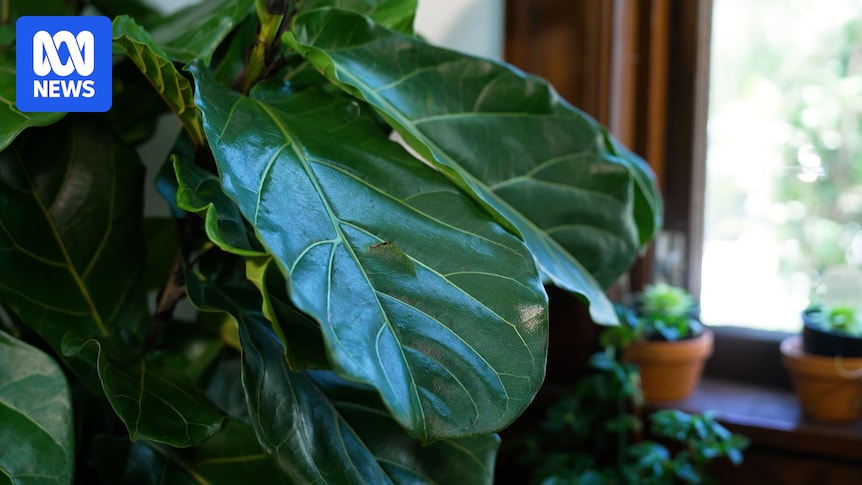
As the vibrant hues of spring begin to color gardens and parks, indoor plants may require a little extra care to thrive in the new season. Observing yellowing leaves, wilting stems, or dusty foliage could indicate that your indoor greenery is in need of a spring clean. Here’s how you can rejuvenate your plants and prepare them for the months ahead.
Inspect, Top-Up Soil, and Trim
In Naarm/Melbourne, horticulturist Tamara Campbell, who owns an indoor plant store, suggests using spring as a prime opportunity to inspect your plants. She advises checking for pests, trimming or pruning back any overgrowth, and assessing soil levels. If the soil has receded, Campbell recommends adding fresh potting mix or considering repotting for some plants.
Greg Moore, a senior research associate at the University of Melbourne with expertise in horticultural plant science, emphasizes the importance of mulching and fertilizing if repotting is not on the agenda. According to Dr. Moore,
“It’s a good time to top up the mulch on top of the pot and to fertilize plants if you are not going to repot.”
He also advises using secateurs to trim dead leaves and twigs, maintaining a “good shape” and ensuring lush growth.
Dust Your Leaves
Dust accumulation on leaves can significantly affect plant health and appearance. Campbell notes that indoor plants already face limited access to natural light, and a layer of dust exacerbates this issue. She explains,
“A layer of dust is like putting a curtain over them,”
and cleaning the leaves allows “the maximum amount of light to penetrate,” resulting in healthier plants.
For a thorough spring clean, Campbell recommends taking plants outside for a gentle hosing, which removes dust from both the plant and the pot. This process also ensures water flushes completely through the pot, promoting better hydration and nutrient absorption.
Repotting Plants
Spring is an ideal time for repotting, as both Dr. Moore and Campbell agree. Dr. Moore states that repotting as plants emerge from winter dormancy enables them to gain
“maximum benefit.”
Campbell advises selecting a potting mix tailored to the plant type, such as a “chunky aroid mix” for Swiss cheese plants, elephant’s ears, or peace lilies, which balances drainage and moisture retention.
Staking and Positioning
While refreshing your plants, consider whether any require staking. Plant enthusiast Mike Sullivan, who shares plant care tips online, suggests staking Swiss cheese plants early to prevent them from becoming “hunchback monstera” or “sad-looking splayed-out monstera.” Staking mature plants can mimic natural support structures and prevent stem breakage.
Additionally, Sullivan advises against frequently rotating Swiss cheese plants if you wish to maintain their natural form, with leaves hanging at the front and the stem at the back.
As spring brings longer and warmer days, the natural light in your home may shift. Campbell underscores the importance of positioning plants to receive adequate light without scorching leaves. Dr. Moore also recommends checking the location of air conditioning and heating ducts to avoid exposing plants to direct airflow, which can be detrimental to their health.
By following these expert tips, you can ensure your indoor plants not only survive but thrive during the spring season, enhancing both their beauty and vitality.





